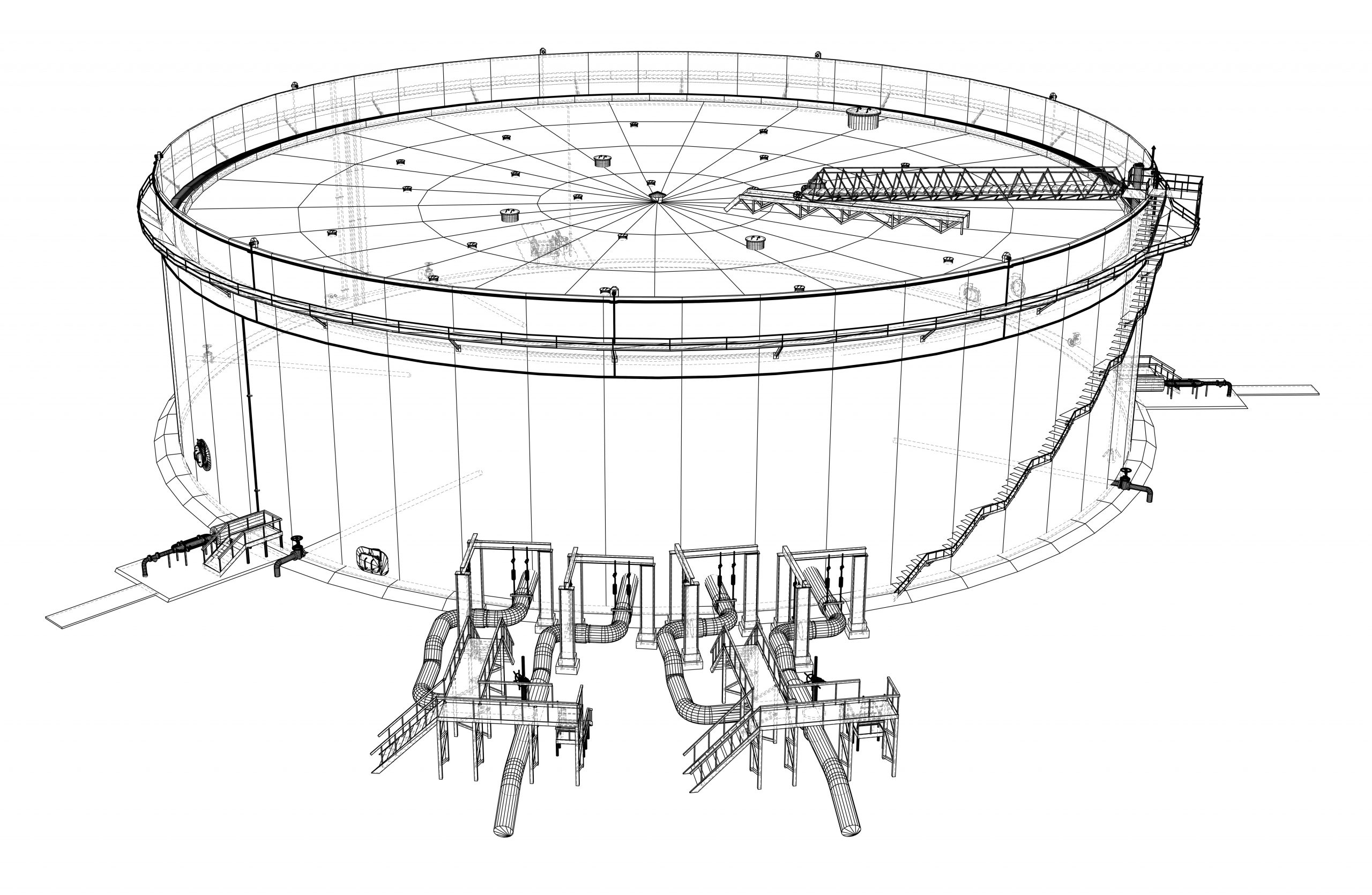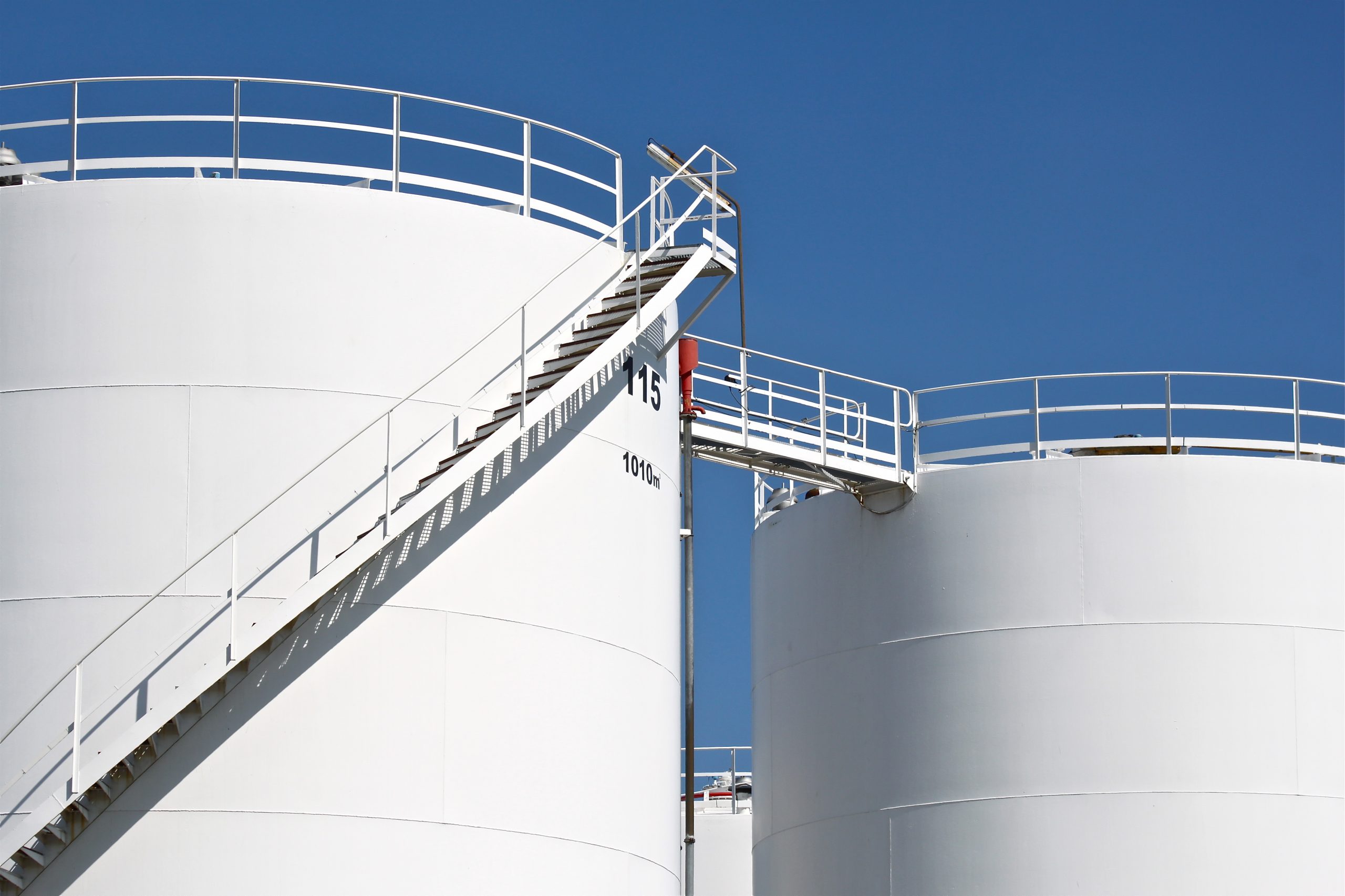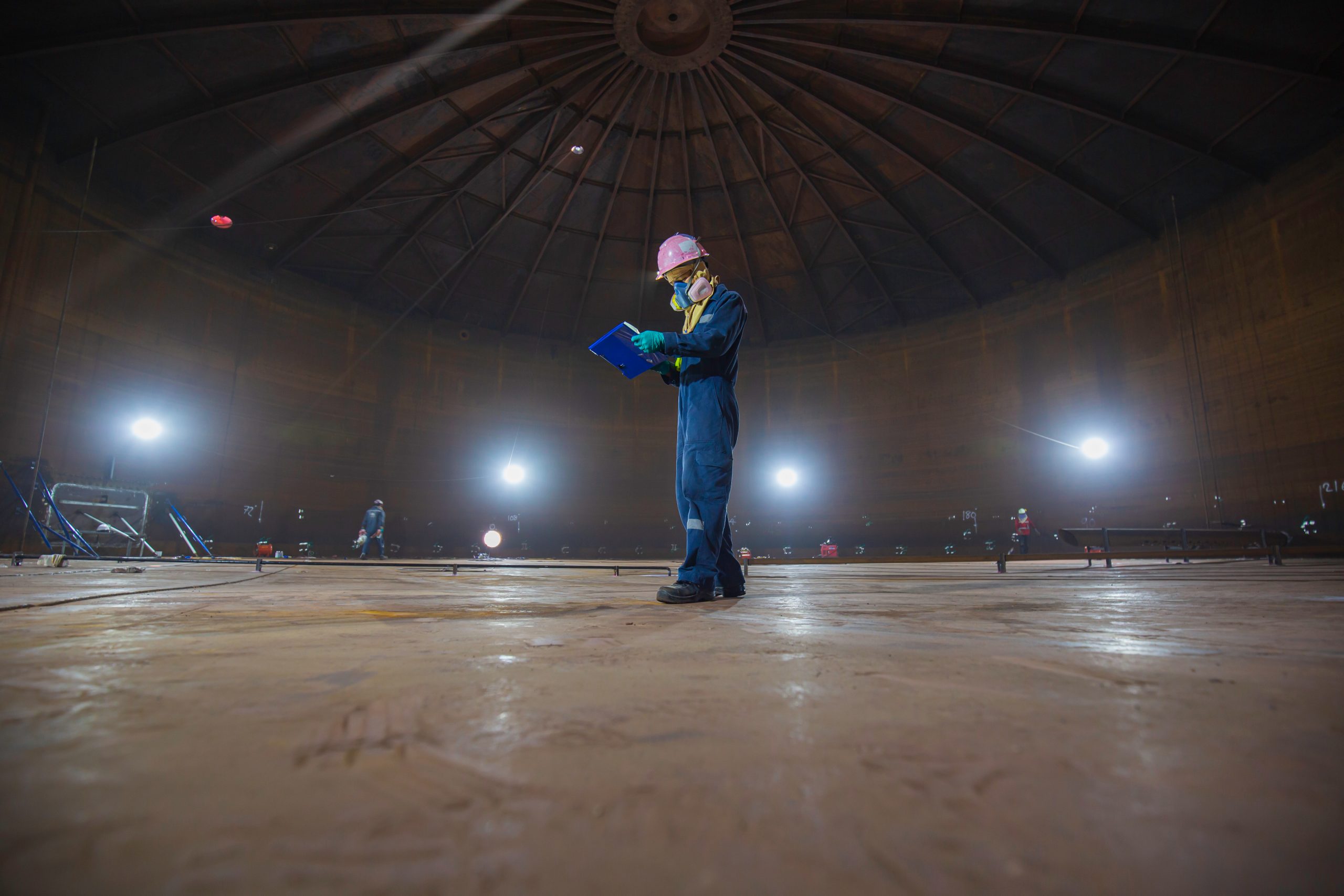The high-tech equipment can pump out the contents of any density and viscosity, without being hindered by the size of mechanical impurities (sediments / oil sludge) found at the bottom of the tanks. To reach and remove bottom sediments and/or oil sludge found deeper in the tank, inaccessible directly from the standard hose, an extension is installed and placed deeper into the tank. If necessary for difficult to reach places, the operator moves the sediments collected at the tank bottom closer to the waste hole via spades made of an alloy of copper, aluminium and titanium (non-sparking tool) by simultaneous wetting of the cleaned surface with water to prevent sparking.



